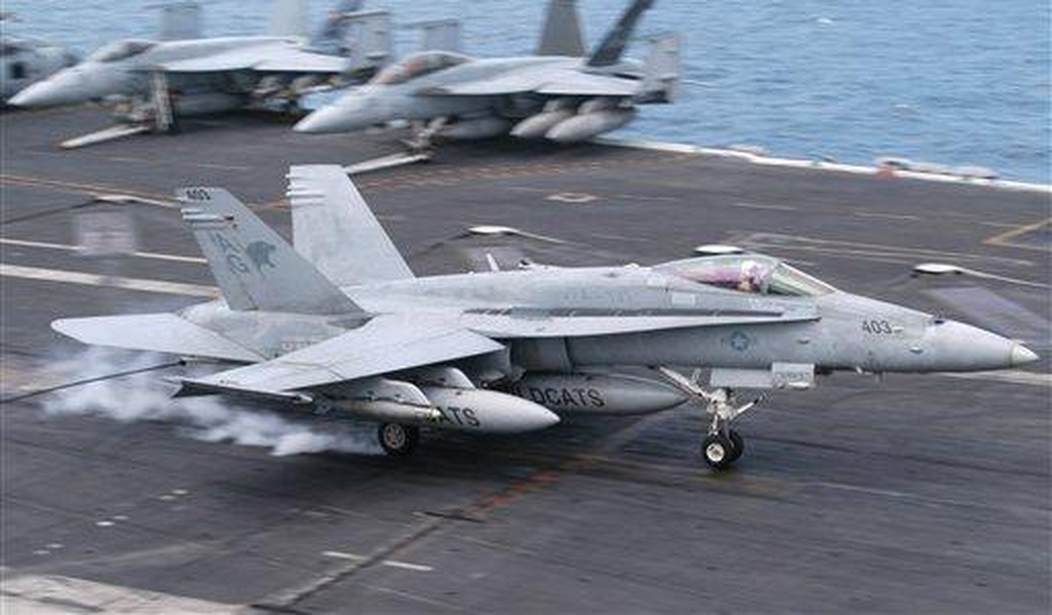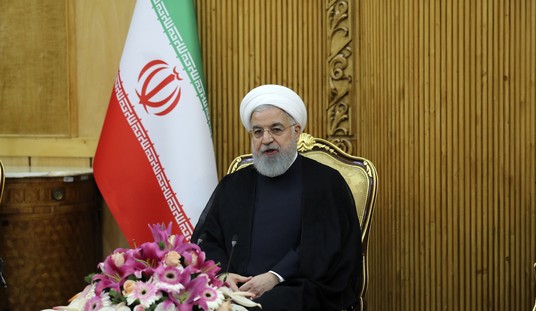For as long as I can remember, it seemed as if you could never get anyone in Congress, the U.S. military, or our intelligence agencies to talk about UFOs unless it involved derision and stigmatization. These days, however, it sometimes seems as if that’s all they want to talk about. After the release of the June 25th report on Unidentified Aerial Phenomena (UAP) from the Director of National Intelligence, work began to create a permanent office to replace the UAP Task Force. That effort appeared to be advancing quickly when Senator Kirsten Gillibrand of New York filed an amendment to the National Defense Authorization Act (NDAA) that would order the creation of the Anomaly Surveillance Tracking and Resolution Office (ASTRO, formerly ASRO in the original draft). That’s why it came as something of a surprise to those who follow the subject closely when the Department of Defense announced on Tuesday evening that an entirely different office was now being set up. Announced by Deputy Secretary of Defense Kathleen Hicks, the new office would be known by the rather bizarre acronym AOIMSG (the Airborne Object Identification and Management Synchronization Group). (Newsweek)
The Department of Defense (DoD) has announced the formation of a new group to counter any “threats” posed by unexplained phenomena commonly known as unidentified flying objects (UFOs).
Deputy Secretary of Defense Kathleen Hicks announced that the Airborne Object Identification and Management Synchronization Group (AOIMSG) would be the successor to the Navy’s Unidentified Aerial Phenomena (UAP) Task Force in a memo released on Tuesday.
A DoD release states that AOIMSG “will synchronize efforts across the Department and the broader U.S. government to detect, identify and attribute objects” of interest in restricted military airspace and “assess and mitigate any associated threats to safety of flight and national security.”
A brief look into the details of this AOIMSG produced disappointing results (to put it mildly) for those interested in greater government transparency and less secrecy surrounding the issue of UFOs. While the Gillibrand amendment would collect information on reported UAP incidents from the military, the intelligence community, and civilian scientists, AOIMSG seems to only intend to speak to the military. AOIMSG would only examine such incidents taking place in “Special Use Airspace” controlled by the military while ASTRO would collect reports from virtually anywhere, including from our allies in other nations.
Further, ASTRO calls for regular reports and hearings, with some being made publicly available. AOIMSG makes no mention of such levels of transparency. And finally, ASTRO deals with these unknown objects of all types and locations as “phenomenon,” including “transmedium vehicles” that might be encountered in space, in the atmosphere, or even under the water. This newly announced office appears to deal exclusively with “airborne objects.”
These perceived shortcomings led many in the online ufology community to suspect that AOIMSG might be intended to cut the Gillibrand amendment off at the pass and eliminate any efforts at increased transparency and a broader field of study. I reached out to the Department of Defense about these questions and was contacted by DoD Spokesperson Susan Gough. When asked if the new office was intended to replace or eliminate ASTRO, Gough simply said, “We’re not going to comment on or speculate about pending legislation.”
When asked about restricting investigations to only military Special Use Airspace, Gough seemed to suggest that the focus of AOIMSG would be on those areas while other reports would fall under the purview of Homeland Security.
“Special Use Airspace is airspace that is restricted for national security and other uses, and includes military operations areas, firing ranges, etc.,” Gough said. “The AOIMSG will be focused on the areas where there are security risks to our training, operations, and infrastructure — as did the Unidentified Aerial Phenomena (UAP) Task Force. Investigations of reports in airspace outside of DOD SUA is the purview of the Department of Homeland Security and the Office of the Director of National Intelligence, whom we already collaborate with on UAP matters.”
That makes it sound as if we might wind up with two offices operating (and hopefully cooperating) in parallel. But since the DoD isn’t commenting on “pending legislation,” I tried to clarify a bit further. Shortly after the announcement, UFO researcher and reporter Dean Johnson quipped (perhaps only partially in jest) that the acronym for the new department might actually stand for, “An Office Intended Mainly to Stop Gillibrand.” I asked Gough to comment on this theory.
She said there was no truth to that. She went on to remind me that “the Deputy Secretary directed OUSD(I&S) to develop a plan to formalize the UAPTF’s mission, including identifying requirements for the establishment and operation of a new activity, back on June 25.”
So perhaps this was all just a coincidence of timing? Anything is possible, though I tend to apply a little more scrutiny to “coincidences” when they crop up in the federal government. But taking the DoD at their word, it sounds as if there may indeed wind up being two offices, one mandated by the Senate in this year’s NDAA and the other created in-house as ordered by the June 25th report. The NDAA should be addressed on the floor of the Senate this week, so we’ll monitor that and see how this plays out. Keep in mind that Gillibrand herself recently told reporters about the “urgency” required to get the new office she’s proposing in place. If her amendment suddenly “disappears” before the NDAA is finished, then the suspicions of some observers this week would probably appear to be validated.








Join the conversation as a VIP Member